Nathalie Du Pasquier’s new exhibition, Twice in Dublin, at the Kerlin Gallery, marks her return to the city following an absence of some years. If you are at all familiar with her work you will remember that she had several shows in the Rubicon Gallery (now in abeyance, sadly). Du Pasquier, based in Milan, has an amazing track record working in both design and fine art and, while she has always been highly regarded, over the past decade and more it is as if the wider world has woken up to her qualities. There have been several big survey exhibitions internationally and a host of design projects. Twice in Dublin reflects the current stage of her development, whereby the entire exhibition space becomes a canvas in which she builds and explores connections between works, just as the individual works are about the relationships between their internal components. Du Pasquier is known for her use of bold, flat colours, assertive patterns and geometric forms in both two and three dimensions. She brings all this inventively to bear on the Kerlin’s austerely minimalist interior, an elongated white box.
In retrospect, despite the most recent instalment of her ascendancy, it’s reasonable to conclude that by the time Du Pasquier made her vital move to Milan, in 1979, her sensibility and her aesthetic priorities were well established, even though they might not at that stage have been particularly apparent to an outside observer. She was born and grew up in Bordeaux. Her mother was an art historian and her father a virologist. While the former encouraged her interest in art and provided ample access to historical example, her father, as she put it, fostered in her “a more naturalistic perspective” on things.
The Bordeaux she knew was a busy port. During “many hours spent walking along the quays”, she watched the unloading of intriguing, aromatic cargoes from Africa — “Okoume timber, coffee, cacao”. She resolved to visit west Africa and, once she had finished school, travelled to Gabon with some friends. There, she was struck by the lively work of the many local signwriters: “capital letters, colours, quite dense”, and familiar logos, boldly reinterpreted. So taken was she that she briefly saw herself becoming a painter en lettres: “I felt I could be good at it.” Not entirely realistic, she realised, but she did begin to make drawings.
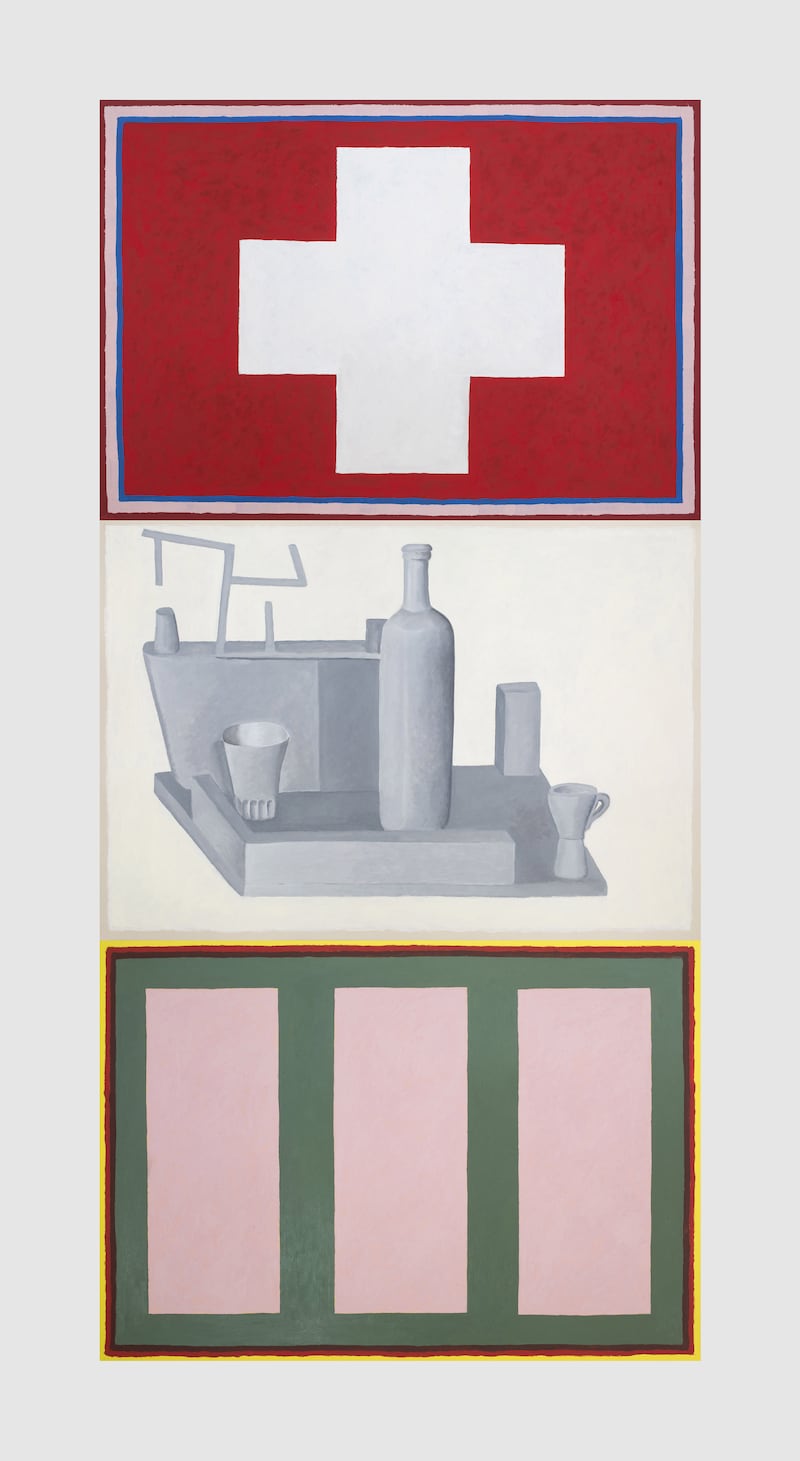
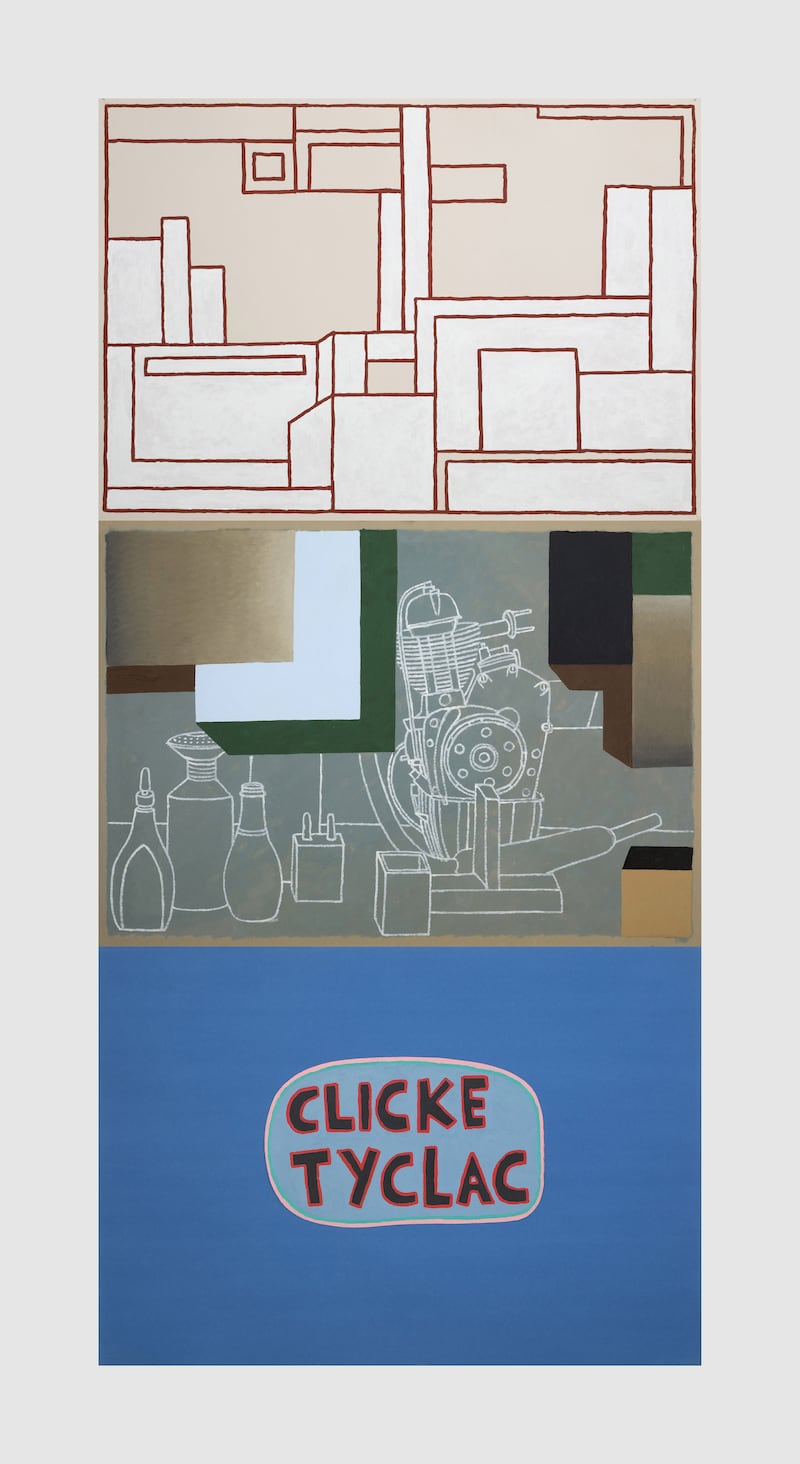
In all she spent nearly a year in Africa. Then, after a couple of years at home without quite settling into anything (she managed to avoid university), she went to Rome as an au pair and found she really liked Italy: the quality of the light, the exceptional beauty of the architectural fabric and, not least, the relaxed informality of the people compared with France. She was also quite comfortable being an outsider, slightly apart, and she decided to explore the possibility of working as an illustrator in Milan.
READ MORE
As she explained later in a statement on her influences for Frieze magazine: “When I was in Gabon I was absorbing patterns in the same way I was listening to the music in the bars and on the radio.” It wasn’t a case of her consciously adapting a particular, vernacular approach to colour and pattern, it was just that things struck a chord with her. Du Pasquier is a person of quiet, watchful intelligence who absorbs a great deal, but rather than being a passive observer, she is always primed to make creative use of what she absorbs. Her calm demeanour conceals a ferocious worker. The work she makes is distinguished by its clarity and decisiveness, and notably suggests an absence of what Harold Bloom termed “the anxiety of influence”: perhaps bypassing art school, with its onslaught of prescriptive critical theory and other inhibiting strictures, was good for her.
Not that she is at all averse to allowing influences. Her enthusiasms are many, and they clearly contribute to shaping her vision (From Pompeian frescoes to Ravenna mosaics, the work of the important Bauhaus precursor Wiener Werkstätte, Renaissance perspective, the paintings of Le Corbusier and Ozenfant, de Chirico, Sironi and Morandi). The urge to make things or, as she often puts it, to “build things”, be they drawings, books — making books is an important strand of her activities, and she has made one for her Dublin show — patterns, paintings, or arrangements of objects, is absolutely fundamental to her. Her experience of Africa and the drawings she made there, and her subsequent time in Rome and Milan, were in effect her creative apprenticeship.
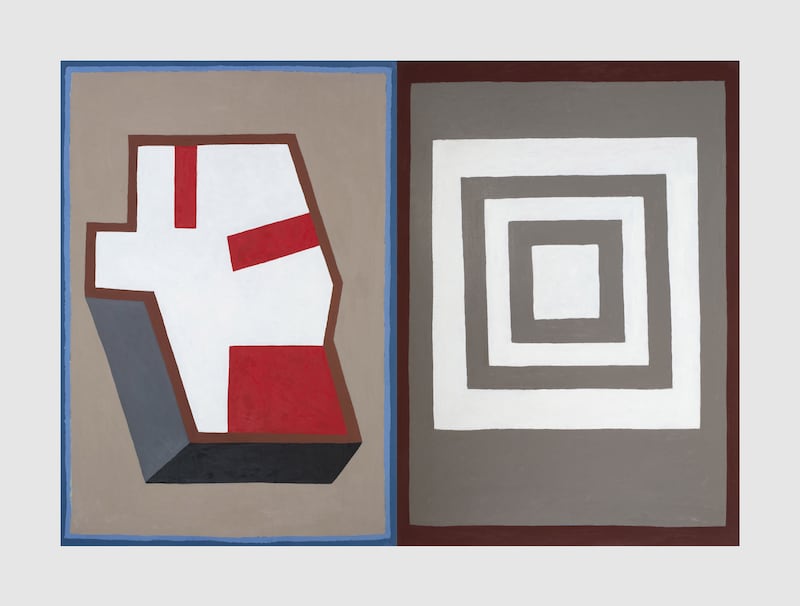
If Rome offered serene continuity with the ancient world, Milan, much rebuilt in the postwar years, meant coming to terms with a more abrasive modernity, which she found challenging and invigorating. She met designers, including George Sowden, originally from Leeds, who became a central figure in her life. Rather than pinning her hopes on illustration, he suggested that she should try making designs for textiles, and she did so, with considerable success, for a number of manufacturers. Sowden had worked with Ettore Sottsass at Olivetti and when Sottsass, whose approach to design Du Pasquier also liked, proposed establishing a designer-architect collective, she and Sowden were founder members.
The groundbreaking new collective, Memphis, proved to be a rich source of exuberant, postmodern energy, injecting colour, playfulness and unpredictability into a staid design lexicon. Du Pasquier’s speciality was the “decorated surface” — any surface. It was exciting but wearing and, perhaps partly responding to the contemporary resurgence of painting in Europe and the US, she had a strong urge to paint. One day, having organised a space to work apart from the design studio, she made a painting. Within a couple of years she regarded painting as her main pursuit.
Into the 1990s her painting apprenticeship continued as she engaged with painters from art history: always individual painters rather than a collective “history”. Gradually, in her own work, representation ceded more and more to abstraction, and two dimensions to three (and to two-in-three) as she made painted 3D constructions. Even when she was painting actual objects: “I must say that I was not interested in documenting reality, just trying to do a painting.” She formed a lasting friendship and ongoing dialogue with the painter Chung Eun-Mo, also based in Italy (and is friendly with Irish painter Richard Gorman, who was long based in Milan). And in time she began to think of rooms, including galleries, as integral to the overall construction of the work.
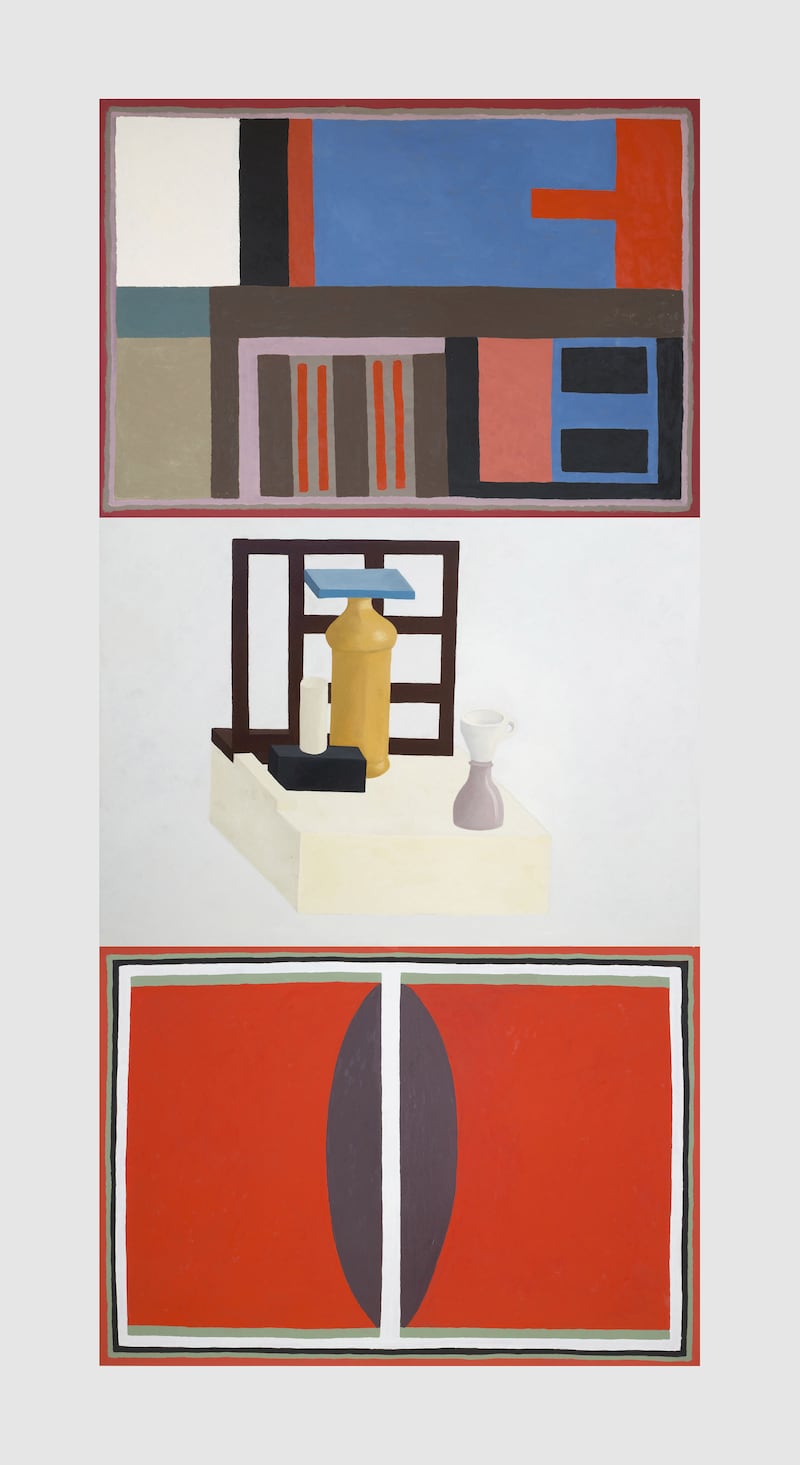
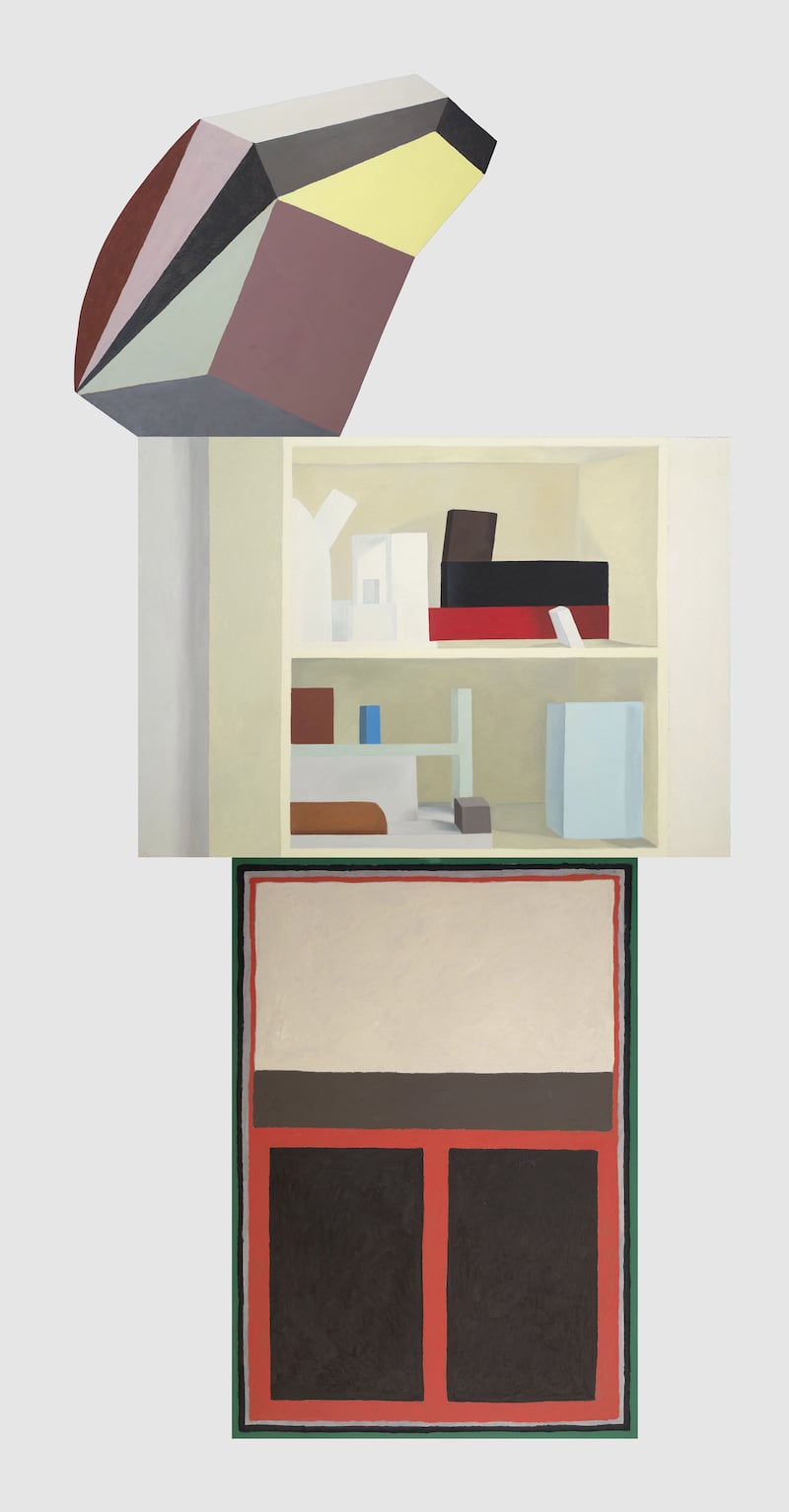
It’s worth noting that, when she painted representationally, as with Morandi, still life was her primary subject matter and, like him, she rendered small, ordinary objects in a way that imbues them with a monumental character. In addition, there was a distinctly playful dimension to her paintings and constructions. Something of the spirit of Magritte, even. Eventually, design found its way back to Du Pasquier rather than vice versa. For her, as she puts it, “the two fields have become more porous” so there’s less of a problem in moving from one to another. In recent years she has been enlisted by brand names to produce designs for clothing, scarves, blankets and, perhaps most excitingly, several years ago, for tile company Mutina she devised a range of full-sized, extruded terracotta bricks with bright colour glazes. It started with an invitation to exhibit in Mutina’s exhibition space. In the process, her show became an ambitiously large, sculptural installation, Bric, comprising several distinct pieces. Their modular form meant they could be used in myriad contexts, by anyone, and the exhibition generated a demand for the bricks. As Du Pasquier emphasised, it was a collaborative process: “I had an idea and other people made it. A painting is not an idea.” She is more than happy that others make what they will with the objects she thought into being.
The move from drawings and patterns to creating spaces brings Du Pasquier close to architecture, and that is pretty much where she is now: “I like building environments.” Her work is, she acknowledges, a kind of play, but “play as something very serious. It is always a serious game and of course it is always mysterious because I never know how it will end.” Twice in Dublin offers an unmissable opportunity to see the life-affirming, site-specific work of an artist at her creative peak.
Nathalie Du Pasquier’s exhibition Twice in Dublin is at the Kerlin Gallery, Dublin, until October 8th, kerlingallery.com















